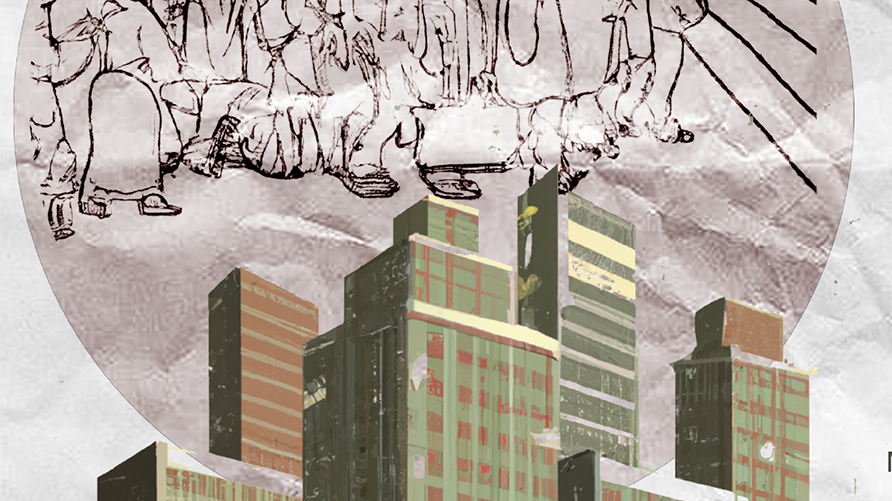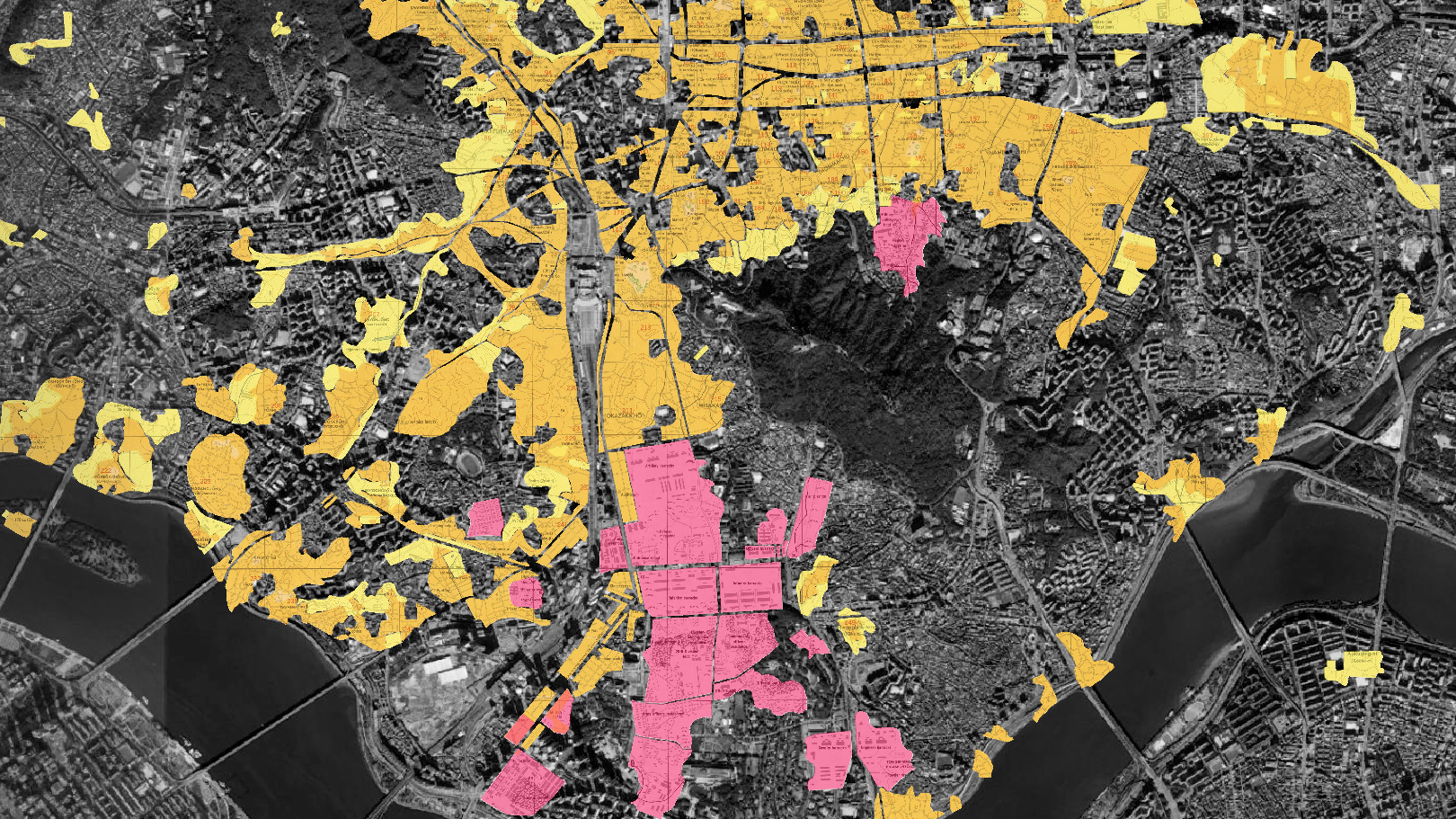introduction
The use of gang injunction zones to surveil minority populations under the guise of public safety has been well-criticized in literature, where connections have been made between such policies and patterns of organized displacement and gentrification. Much existing research exists within the Los Angeles context.
This study focuses instead on Oakland’s two gang injunction zones, implemented in 2010 and 2012, and repealed in 2015. This confined period of activity allows for measurements of changing spatial relationships and concentrations between police activity and population demographics over time, referred to here as “spatial legacies”.
The guiding research questions were:
What are the spatial legacies of Oakland, California’s 2010-2015 gang injunction zones measured through the distributions of police activity and Black youth populations in 2015 versus 2020?
In particular, 5 years after gang injunction policies were repealed, were police activity and Black youth populations distributed unevenly in the areas in and around the gang injunction zones?
methodology
Spatial Statistics of Anselin's Local Indicators of Spatial Association (LISA) identify clusters and outliers of Black youth populations and police activities. Geographically weighted regression (GWR) measures the explainable impact of one variable on another.
Spatial Overlay of cartographic outputs help identify blocks in which Black youth population changes significantly after gang injunction zones.
Block Vignettes explore the embodied experience of significant neighborhood changes suggested by the study’s spatial analysis.





